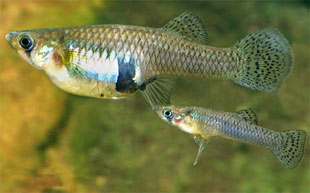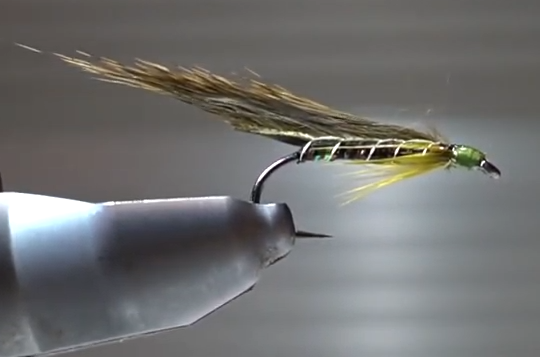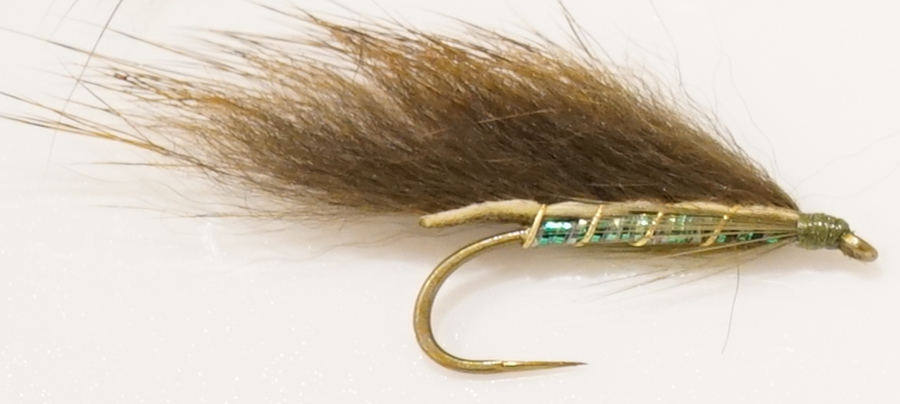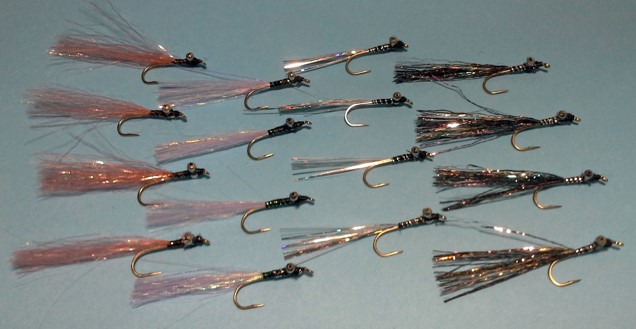
Gambusia were introduced into Australia from North America in 1929, in a misguided and unsuccessful attempt to control mosquitoes. In appearance they are very similar to a guppy, except the Gambusia males lack the large colourful tail of the male guppy. They are deemed a noxious pest and are abundant in mainland Australia’s eastern rivers and lakes.
For most of the year, Gambusia live in the warm shallow edges of lakes, and similar backwaters on rivers. This makes them well-protected from hungry trout, and may explain why some anglers incorrectly believe they are not eaten. However, on some tailrace rivers, in particular the Goulburn and Mitta Mitta, both increases and decreases in water releases can make them available.
Meanwhile, as lake levels fall into late summer and autumn, the receding water and the cooler water temperatures make the Gambusia vulnerable to feeding trout, forcing them out of the cover of weed and flooded reeds, etc. in the shallows. Similarly, the cooling water temperature can result in the weed in deeper water dying off, taking away another hiding place.
As with other baitfish species, the ‘nervous water’ created by the dimples and tiny splashes of Gambusia will often give away the presence of approaching fish well before it attacks. Not surprisingly, Gambusia feeders can produce very exciting fishing, with some good quality fish getting in on the action.
Materials
- Hook – Size 10 wet fly
- Thread – Olive
- Body – Shimmer Flash
- Ribbing – Medium gold wire
- Rib – Dark olive Zonker strip.
- Hackle – Olive cock hackle.
- Optional lead-free wire.

Tying Instructions
- Tie in the gold rib.
- Wind on a smooth body using 6 strands of Shimmer Flash.
- Tie in the Zonker strip at the head, making sure to keep the strip on top of the hook shank, not rolling around.
- Tie in Matuka-style. Use a dubbing needle to split the wing, ensuring the fur is not trapped on the wrong side of the wire.
- Tie in two clumps of the olive hack-le either side of the fly, extending down half the length of the hook shank, creating a throat hackle.
- Whip finish and apply clear varnish. Can add a fluoro head.
Fishing the Gambusia

Land the fly about two to three metres in front of a feeding trout, and pull it away when the fish is about 1.5 metres from the fly. It is most important not to pull the fly towards the fish: this is unnatural behaviour and can result in spooking.
If no feeding trout are visible, I like to fish along any remnant weed-beds, and the edges of drop-offs and channels, where trout are likely to be patrolling for any Gambusia which are careless enough to stray from the shallows. Use a steady draw or figure-eight retrieve.
For sighted fish, quick, accurate casting will often increase your success rate as the trout can be moving quite fast. However, at other times, the trout casually amble along, almost as if they are trying to kid the Gambusia they’re not interested in them. They then attack with savage acceleration.
Gear
For shore-based lake fishing use a 5 or 6 weight rod, 9’ to 9’6” long, and a floating line. For deeper drop-offs try an intermediate sink tip line (an intermediate poly leader can also be used). Tie on a 9ft tapered leader with an extra 3 feet of 8lb fluorocarbon tippet.
When fishing rivers use a 5 weight 9’6” rod, and a floating line once again. Craig uses a 5ft sinking poly leader, with a sink rate to match the depth and speed of water, with a micro ring attached to the end. To this he adds 3ft of 8lb fluorocarbon tippet. The river backwaters and slow pools can be fished as per the lakes, while the swifter water is best fished across and down.




